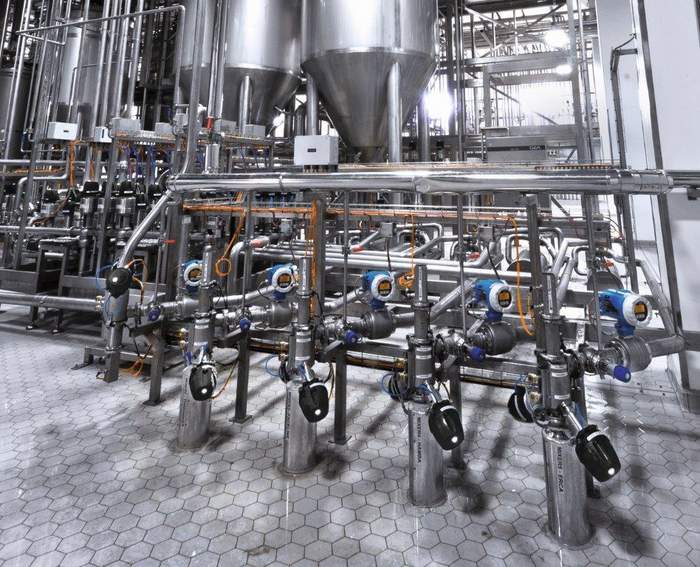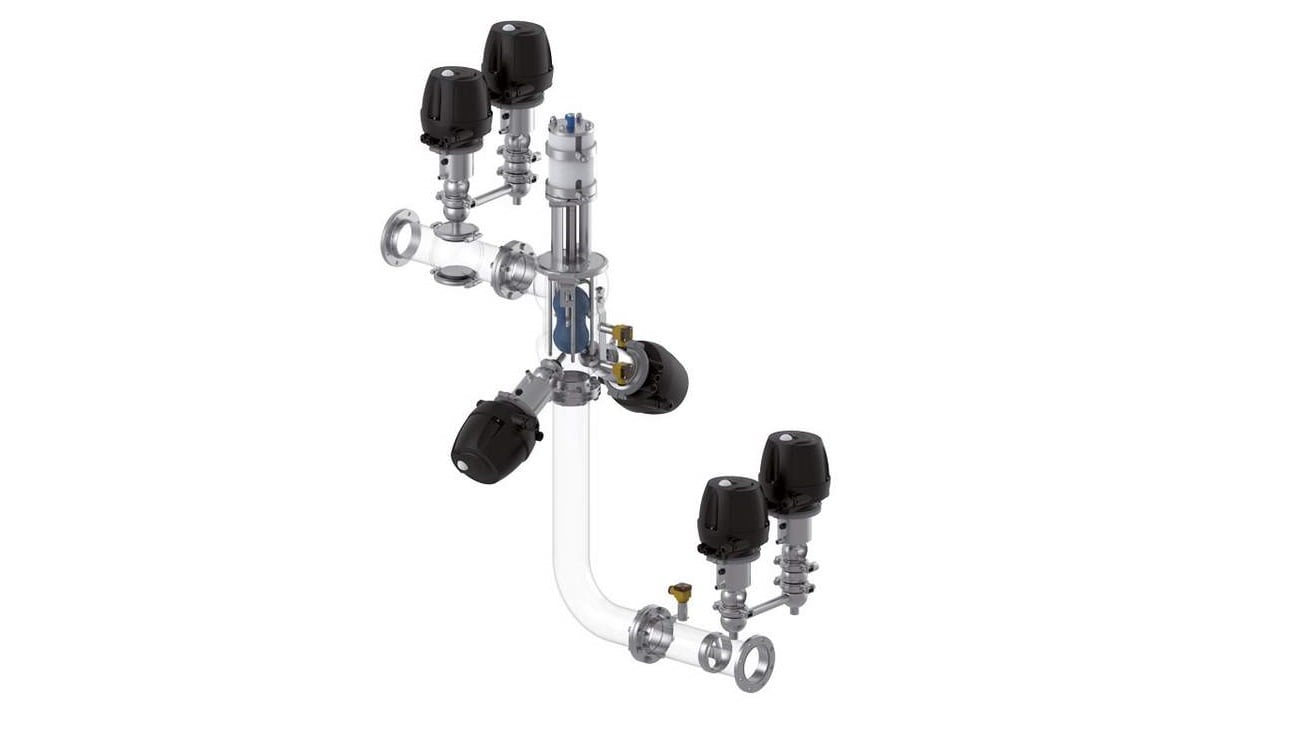How GEA’s VARICOVER reduces water consumption and minimizes product losses
Published on by Water Network Research, Official research team of The Water Network in Case Studies

The water consumption of breweries is continuously under scrutiny. A traditional process, the so-called pigging of product-carrying pipelines, makes it possible to save water in the long term during pipe cleaning and to minimize product losses in liquid processes. Product recovery systems from GEA ensure that raw materials are used with as little waste as possible, while at the same time optimizing water consumption during the complex process of pipe cleaning. As liquid process technology advances, this principle is gradually finding its way into the world of batch process plants.
Typical process: In the processing of beverages, the pig serves as a hygienically clean gate valve to expel valuable product residues from pipelines to be cleaned. High-quality product thus remains in the process instead of being lost with the wastewater. Considerable additional optimization potential for sustainable plant technology lies in the ongoing digitalization of all process technologies.
Electronic control: Like most valve systems, pigging technology is already today generally integrated into automatic process sequences via centrally connected control heads. Electronic control heads of the of the latest generation enable increasingly simple, error-free setup and operation, as well as advanced functions for process control and monitoring. The modern GEA VARICOVER product recovery systems allow real-time monitoring of the pig position via magnetic sensors. Their mechanical and electronic components form a coordinated unit based on the combination and service-friendly GEA VARIVENT modular system.
Consistent automation, such as is possible with these solutions, simplifies the setup for fully validatable processes and, with a modern IO-Link plant control system, enables early integration in Industry 4.0 environments, for example. The possibilities extend to networking with the company’s Enterprise Resource Planning system (ERP) for optimal resource utilization.

Inside the pig : At the heart of product recovery systems is the so-called pig or scraper, a movable plug whose principle is derived from monitoring technology for oil and gas pipelines. The pig, equipped with sensors for control measurements, is moved through the pipeline to the control section to be examined. This is done by a propellant medium such as air, water, carbon dioxide or nitrogen. The pig is made of various elastic plastics that seal the pipe well. The fact that this additional step means that much less rinsing water is required for subsequent cleaning is proving to be an important step forward for ecologically sustainable water use.
Like the product flow and the pipe cleaning, the intermediate pigging process should also run without interfering with the closed piping system. For this purpose, modern recovery systems have an automatically operating pig launching station attached to the pipe at the beginning of each pipe section. It receives the pig as long as product, rinsing water or cleaning media flow through the pipe.
In GEA systems, the pig housing is extended in diameter and is equipped with special grippers and springs. The pig is continuously surrounded by the flowing media with a defined range of motion and thus remains hygienically clean. If the pig is subsequently used, a pig catching station awaits it at the end of the pipe section and the return to the sending station. Two valves each control the required inflow and outflow of the motive medium.
Possibilities of recovery systems: Depending on how advanced a plant is in carrying out these and other processes, there are great differences in water consumption from plant to plant. The possibilities of recovery systems are far from exhausted, but the optimization potential varies depending on the product and plant structure.
Taxonomy
- Industrial Water Reuse
- Water Loss Control